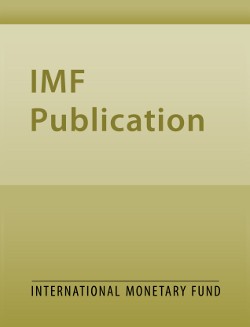
Revamping Fiscal Decentralization to Secure Peru’s Position as a Leading Critical Mineral Exporter: Peru
Peru’s mining wealth holds the promise to substantially accelerate potential growth. However, many mining projects have been stalled for several years due to conflicts with local communities that feel excluded from the benefits.
READ MORE...
Volume/Issue:
Volume 2025
Issue 080
Publication date: June 2025
ISBN: 9798229014359
$15.00
Add to Cart by clicking price of the language and format you'd like to purchase
Available Languages and Formats
| English |
Prices in red indicate formats that are not yet available but are forthcoming.
Topics covered in this book
This title contains information about the following subjects.
Click on a subject if you would like to see other titles with the same subjects.
Public Finance , Natural Resources , Decentralization , intergovernmental transfers , public investment , natural resources , Copper , Non-renewable resources , Natural resources , Budget planning and preparation , Fiscal federalism , Capital spending , Public investment spending , Expenditure efficiency , Mining sector
Summary
Peru’s mining wealth holds the promise to substantially accelerate potential growth. However, many mining projects have been stalled for several years due to conflicts with local communities that feel excluded from the benefits. Although local governments receive nearly 2 percent of GDP in natural resource revenues per year and comprise over 40 percent of public investment, poor execution and institutional challenges limit their impact. To secure the country’s future as a critical mineral exporter, Peru needs to amend its fiscal decentralization framework to ensure that mining dividends translate into greater development for all citizens. Efforts should focus on improving the distribution of resource-based revenues, replacing discretionary transfers with rule-based transfers, strengthening central government oversight, and increasing capacity and coordination at the subnational level to support public investment efficiency.
Copyright © 2010 - 2025
Powered by:
AIDC



